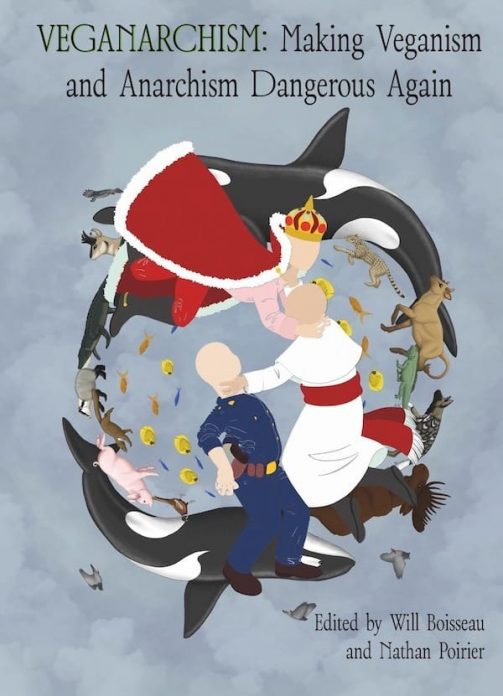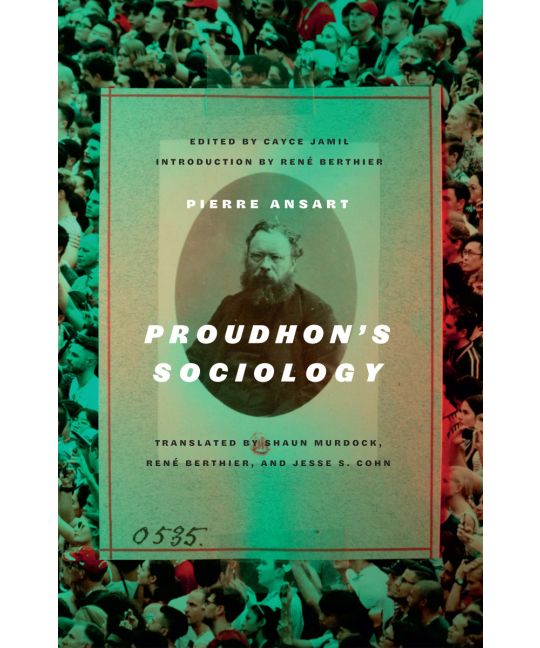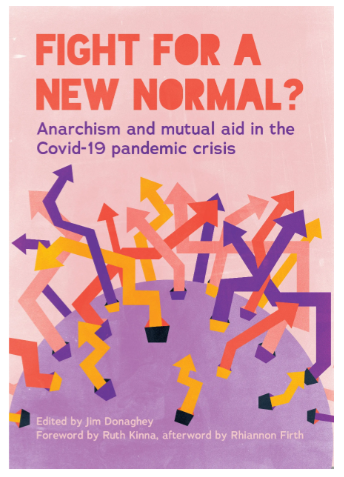The Red Army Faction, A Documentary History – Volume 1: Projectiles For the People
£16.00
The first in a two-volume series, this is by far the most in-depth political history of the Red Army Faction ever made available in English.
Only 1 left in stock
Description
The first in a two-volume series, this is by far the most in-depth political history of the Red Army Faction ever made available in English.
Projectiles for the People starts its story in the days following World War II, showing how American imperialism worked hand in glove with the old pro-Nazi ruling class, shaping West Germany into an authoritarian anti-communist bulwark and launching pad for its aggression against Third World nations. The volume also recounts the opposition that emerged from intellectuals, communists, independent leftists, and then – explosively – the radical student movement and countercultural revolt of the 1960s.
It was from this revolt that the Red Army Faction emerged, an underground organization devoted to carrying out armed attacks within the Federal Republic of Germany, in the view of establishing a tradition of illegal, guerilla resistance to imperialism and state repression. Through its bombs and manifestos the RAF confronted the state with opposition at a level many activists today might find difficult to imagine.
For the first time ever in English, this volume presents all of the manifestos and communiqués issued by the RAF between 1970 and 1977, from Andreas Baader’s prison break, through the 1972 May Offensive and the 1975 hostage-taking in Stockholm, to the desperate, and tragic, events of the “German Autumn” of 1977. The RAF’s three main manifestos – The Urban Guerilla Concept, Serve the People, and Black September – are included, as are important interviews with Spiegel and le Monde Diplomatique, and a number of communiqués and court statements explaining their actions.
Providing the background information that readers will require to understand the context in which these events occurred, separate thematic sections deal with the 1976 murder of Ulrike Meinhof in prison, the 1977 Stammheim murders, the extensive use of psychological operations and false-flag attacks to discredit the guerilla, the state’s use of sensory deprivation torture and isolation wings, and the prisoners’ resistance to this, through which they inspired their own supporters and others on the left to take the plunge into revolutionary action.
Drawing on both mainstream and movement sources, this book is intended as a contribution to the comrades of today – and to the comrades of tomorrow – both as testimony to those who struggled before and as an explanation as to how they saw the world, why they made the choices they made, and the price they were made to pay for having done so.
Reviews:
Of all the revolutionary organizations to have been forged by the so-called sixties generation, the German Red Army Faction has been perhaps the most mythologized and maligned. Here at last is their story, told in their own words through “official” communications, comprehensively assembled and available for the first time in English translation. This is essential material for anyone wishing to know what they did, why they did it, and to draw consequent lessons from their experience. —Ward Churchill author of On the Justice of Roosting Chickens
Product Details:
Edited by J. Smith and André Moncourt
Forewords by Russell “Maroon” Shoats and Bill Dunne
Published by PM Press and Kersplebedeb
ISBN: 978-1-60486-029-0
Pub Date February 2009
Format: Paperback
Page Count: 736 pages
Size: 6 by 9
Subjects: Politics, Armed Struggle
The Red Army Faction
The RAF is certainly the best known and was the most enduring of the left-wing guerilla organizations to grow out of the 60s revolutionary movement in West Germany. The group’s formation can be traced to the iconic moment on May 14, 1970, when several armed revolutionaries, including the well-known left-wing journalist Ulrike Meinhof, broke Andreas Baader, who was serving a sentence for a politically motivated arson, out of prison.
After receiving training in an Al Fatah camp in Jordan, the core of what would come to be known as the First Generation of the Red Army Faction returned to West Germany to begin the painstaking work of building a guerilla infrastructure – robbing banks, acquiring arms, explosives and phony IDs, establishing safehouses and shaping the largely Marxist-Leninist ideology they would eventually present to the world in April 1971 in a document entitled The Urban Guerilla Concept.
The RAF lost several members in armed clashes with the police before their first offensive, a wave of bombings in May of 1972 primarily targeting US military installations in West Germany. Within a month of this first foray, the majority of the individuals seen as the RAF’s leadership were behind bars, and the organization was presumed dead.
Against the odds, there followed an impressive dynamic, whereby RAF prisoners’ struggle for survival behind bars – resisting isolation torture, sensory deprivation, and legal attacks on their lawyers – would repeatedly succeed in rallying support on the outside, even inspiring new waves of activists to cross into the underground, and renew the organization.
In 1975, a group made up primarily of members of the radical therapy group the Sozialistisches Patienten Kollektiv (Socialist Patients Collective – SPK) would take up the RAF flag and fail in their efforts to gain their imprisoned comrades’ freedom through an audacious and ultimately bloody hostage-taking at the West German Embassy in Stockholm, Sweden.
Against all odds, the RAF would rise yet again, when in the autumn of 1977, they launched yet another campaign for the freedom of the prisoners – assassinating a prominent banker and the Attorney General, before kidnapping Germany’s most powerful capitalist, Hanns Martin Schleyer, demanding the release of the prisoners in exchange for his release. 43 tense days later, a supportive PFLP(EO) skyjacking had ended in disaster, leading RAF prisoners were dead, allegedly having committed suicide in despair (although most evidence makes this seem improbable) and Schleyer’s body was found in the trunk of a car in the French border town of Mullhausen.
The RAF would struggle on for 20 more increasingly violent years, through a series of ups and downs, until April 1998, with several waves of militants picking up the flag, and with varying degrees of support, but never again would it capture the imagination of the left as it had in its early days.
Additional information
| Weight | 1.100000 kg |
|---|










